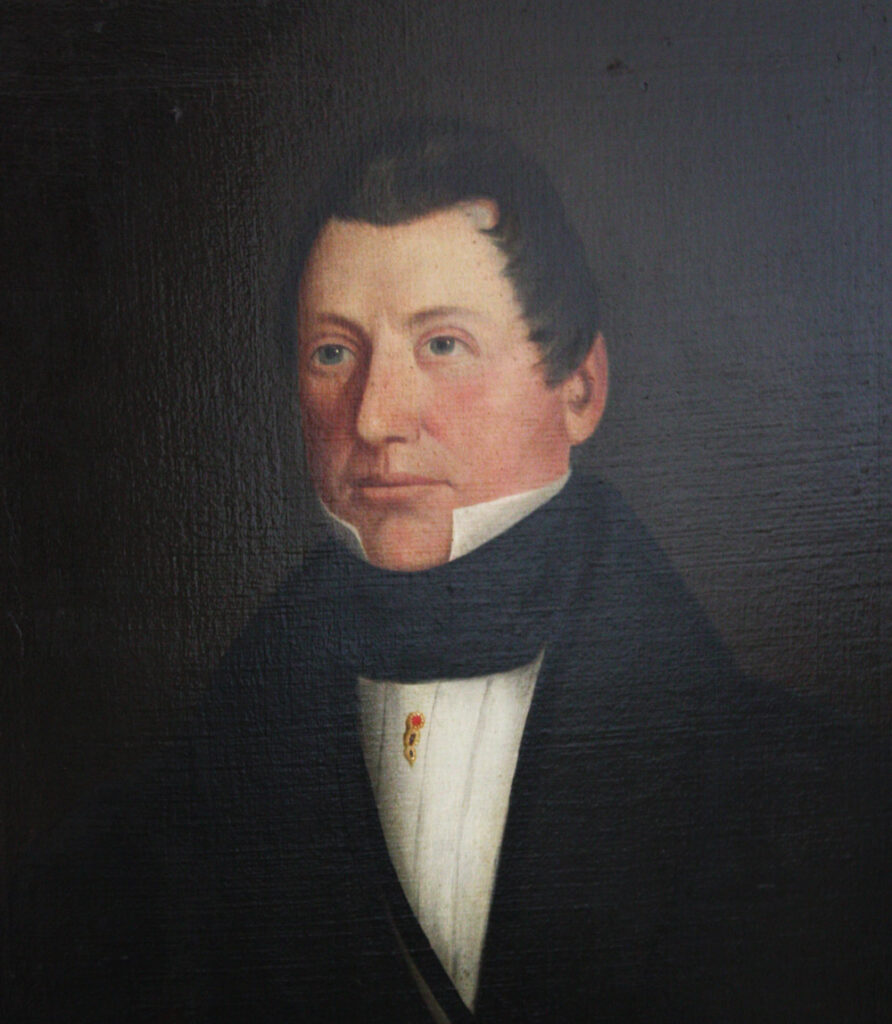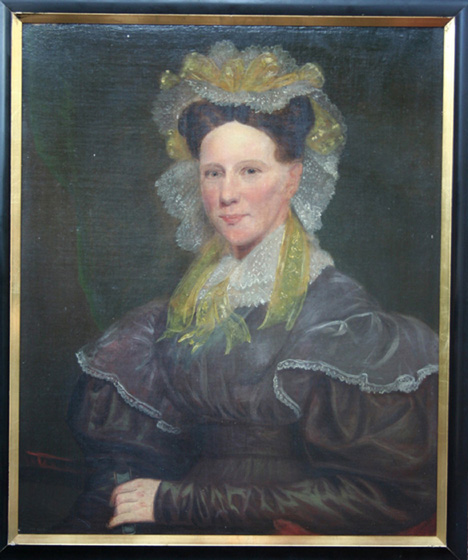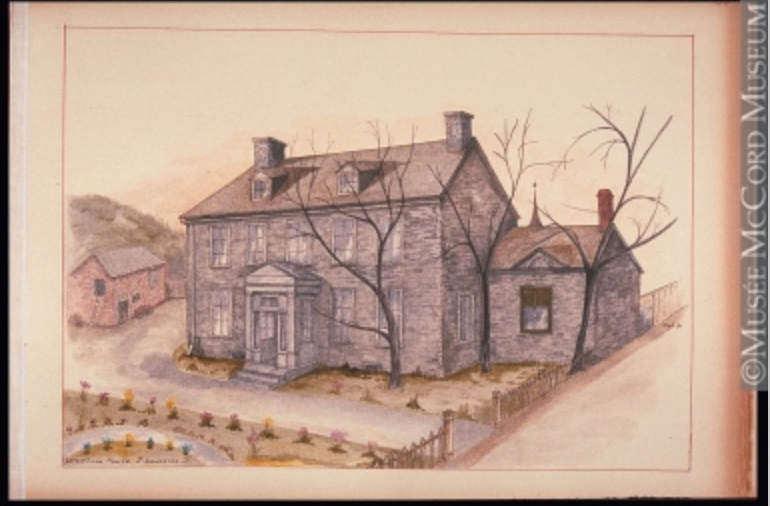“10 Foreigners at Woods Hole: Summer Students From Europe, Asia.” This was the headline on a story in the Cape Cod Standard-Times, Thursday, June 19, 1947. The story added that seven of the 10 students were from Canada. My father, Jim Hamilton, was one of them. World War II had been over for two years, and people were starting to put their lives back on track. My parents had been married for a year, and I wouldn’t make my appearance for another year, so this was an opportunity for him to study physiology for six weeks at the famous Woods Hole Marine Biological Laboratory on Cape Cod.

At the time, he was doing cancer research at the University of Western Ontario, in London, Ontario. Cancer research was in its early days then, and the aim of the project was to learn more about the fundamental character of cancerous cells. According to an article in the London Free Press describing the study he was involved in, “the methods employed in physical chemistry are to be used wherever they are applicable…. The services of a well-trained physical chemist, J.D. Hamilton, have been obtained for the research project.”
My father had an M.A. in physics, mathematics and chemistry from the University of Toronto, but he needed to improve his knowledge of the biological sciences, hence the summer course at Cape Cod.
Every summer the Woods Hole Marine Biological Laboratory (MBL), founded in 1888, attracted graduate students, as well as some of the world’s best biological scientists, to carry out research and share ideas about invertebrate biology, botany, embryology and other subjects, focusing on the marine life found in the waters around the institute. (The MBL still exists today, affiliated with the University of Chicago, and its research and educational programs are now year-round.)
My father had an excellent memory, a maverick attitude and endless curiosity about esoteric subjects. He was interested in everything from history, philosophy and psychology to mathematics. I can imagine him thoroughly enjoying himself as he dissected a starfish or watched a sea urchin egg multiply under the lens of a microscope, and the knowledge of physiology he acquired during that six weeks no doubt helped him when he studied medicine several years later.

My mother, Joan, accompanied him on this trip. Now that the war was over, she, like many other married women, had left the workforce, so she had the time to travel. Fortunately, the institute had accommodations for married couples and even children. She was also an intelligent and curious person, and she aspired to be a writer, so rather than just sit on the beach, my mother wrote her own article about the lab. It was never published, but she kept a copy of the draft article, along with clippings and photos. She wrote:
“The lovely New England setting of Woods Hole provides a working example of the internationalism of science. In the lab mess hall you may hear Dr. Jean Brachet of Belgium discussing his experiences as a scientific hostage of the Nazis. At another table Dr. Dashu Nie may be telling some of his companions how scientific terms are described in the Chinese language. Still another group may hear Dr. Mohan Das, Professor of Ecology at the University of Lucknow [India], tell how marine life in India differs from that found on the U.S. Atlantic coast.
“On the beaches, in the dorms, or over a cup of coffee at Cap’n Kids, one hears shop talk. For students and research workers alike, the conversations with some of the best scientific minds of many countries provide tremendous inspiration and encouragement, and from a word dropped at such friendly conversations may come the germ of an idea which will lead to the answer to one more problem.”
Joan Hamilton, unpublished manuscript, 1947
Both my future parents found Woods Hole to be a stimulating place. They also enjoyed the social activities, which included Thursday night square dancing and Monday’s traditional record night, when, my mother recalled, “it is very peaceful to sit in the darkness, watching the lights come out across Vineyard Sound and listening to Bach or Beethoven.”
After the course ended, they drove up the coast to Boston and to Maine before heading back to Ontario.
See also:
“Jim Hamilton, A Life,” Writing Up the Ancestors, Sept 30, 2015, https://www.writinguptheancestors.ca/2015/09/jim-hamilton-life.html
“My Mother’s Breakout Years,” Writing Up the Ancestors, Sept. 12, 2018, https://www.writinguptheancestors.ca/2018/09/my-mothers-breakout-years.html
This article is simultaneously posted on https://genealogyensemble.com.



